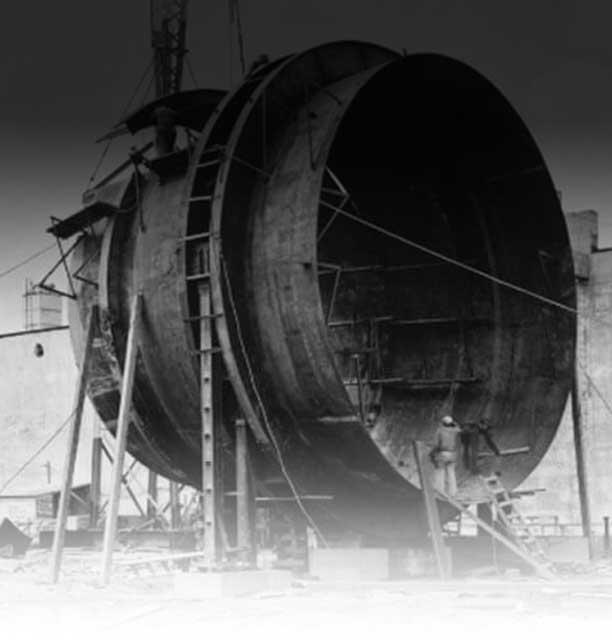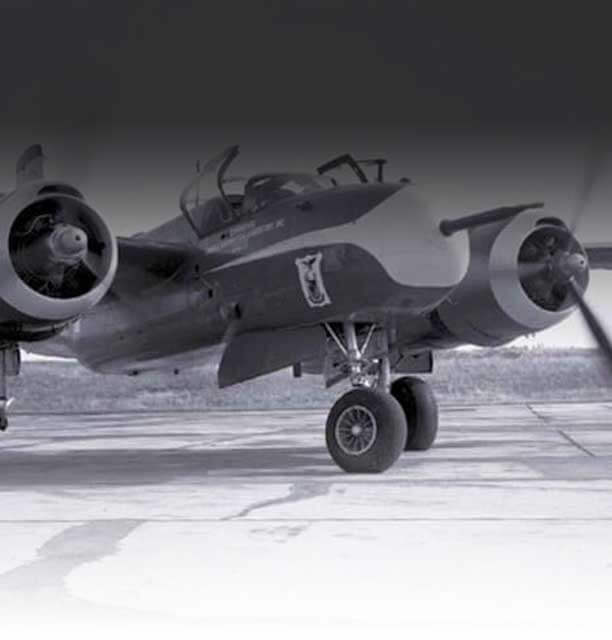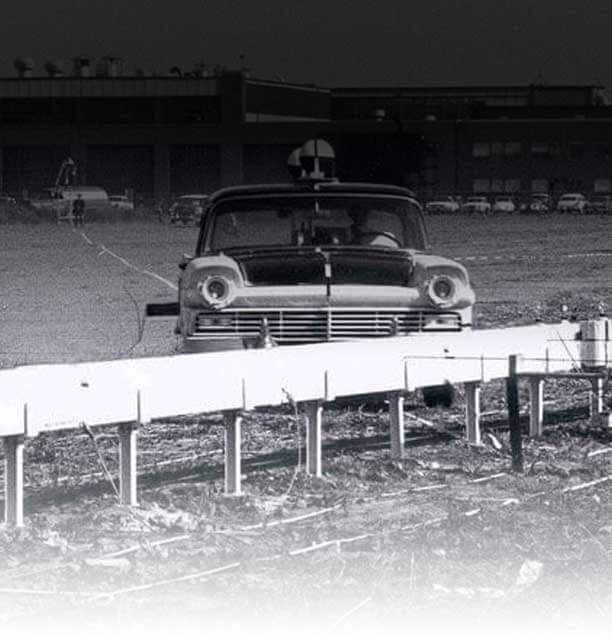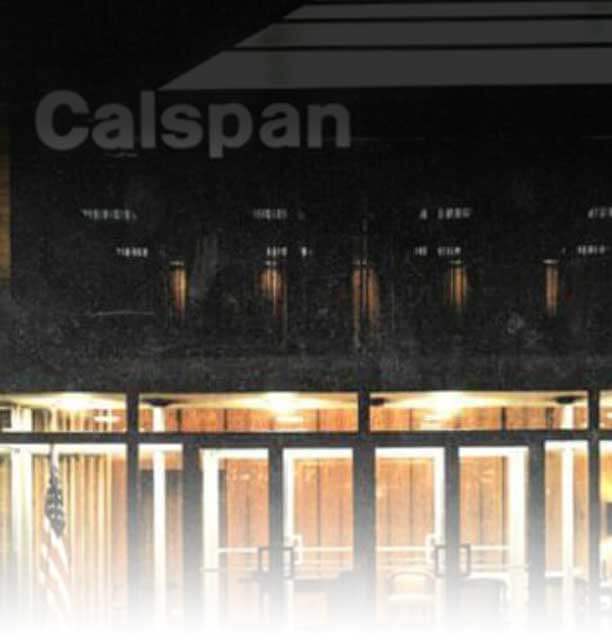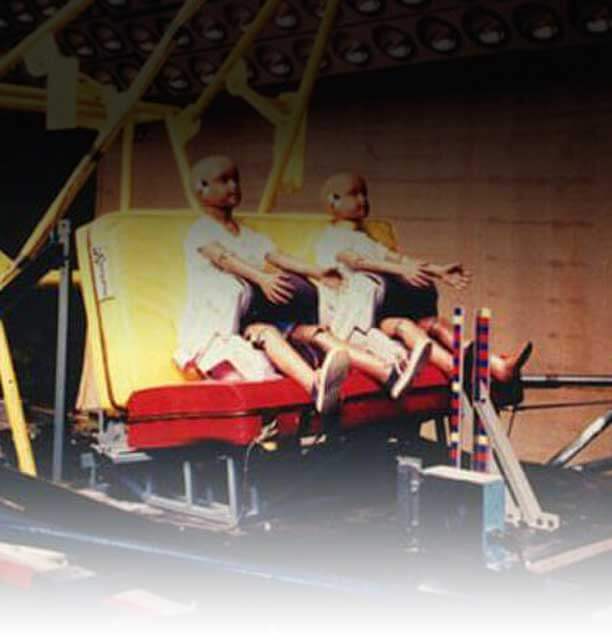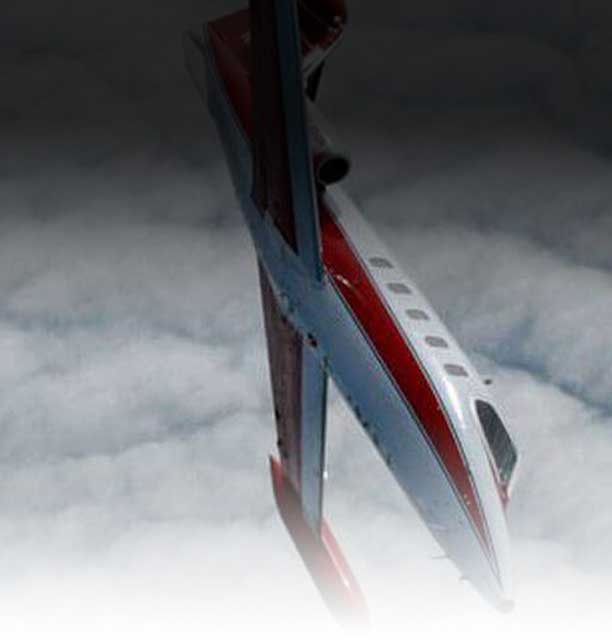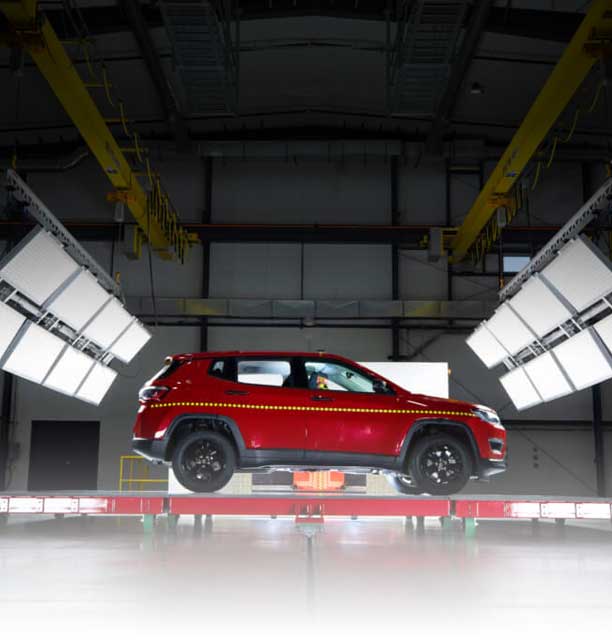1940s
75 YEARS OF TESTING THE FUTURE

1940
Roots of company are formed as executives of the Curtiss-Wright Aircraft Corporation discuss a first-of-its-kind aircraft research facility located in the newly built Genesee Street plant in Buffalo. P-40 fighters are manufactured.
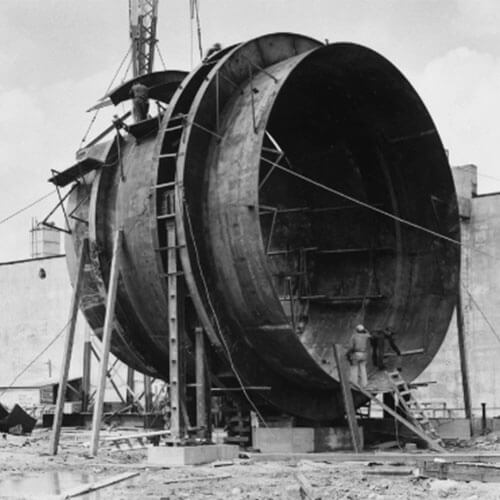
1942
On June 22, 1942, construction of the Curtis Wright financed 8 ½ by 12 foot high velocity, closed circuit, variable density subsonic wind tunnel begins in Buffalo, N.Y. It is one of the nation’s largest subsonic wind tunnels.
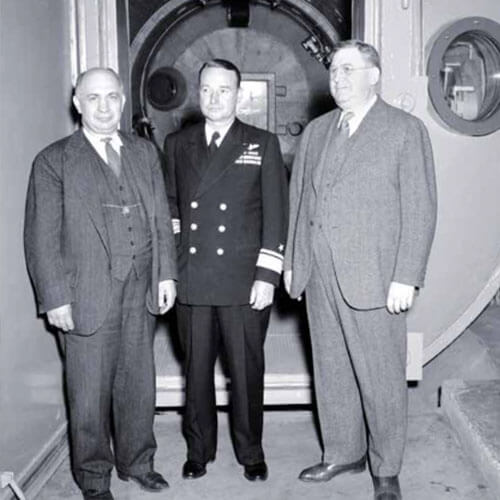
1943
Curtiss-Wright forms their own research laboratory across Genesee Street. With World War II ending, the Curtiss-Wright Research Laboratory is dedicated to its first Director, Dr. Clifford C. Furnas.

1943
The 30 foot long and 10-foot diameter altitude chamber to simulate altitudes of up to 60,000 feet and temperatures down to -85°F is complete. On October 10, it is operated with human subjects to test flight 35,000 feet.
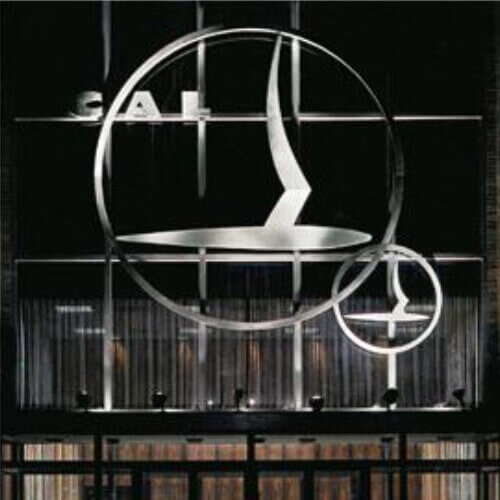
1946
January 2nd, 1946, Curtiss-Wright Research Laboratory is donated to Cornell University and the Cornell Aeronautical Laboratory (CAL) is formed. “An instrument of service to the aircraft industry – to education – to the public at large.”
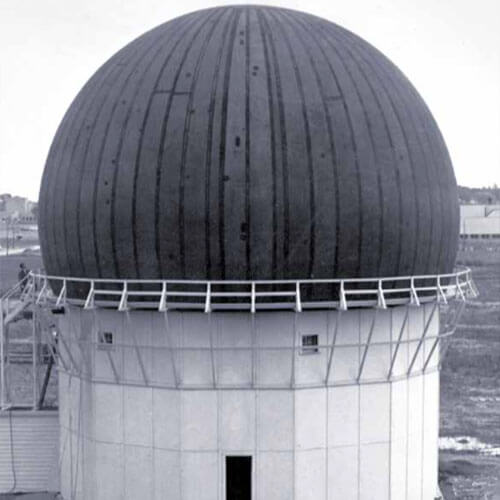
1946
C.A.L was awarded a contract from the U.S. Air Force to construct a light air supported structure to protect radar dish antennae from ice and high winds that still allowed for maximum radar transmission.

1947
C.A.L develops an aircraft generated fog to obscure Naval ships using a Navy-supplied FR-1 Fireball, Bureau No. 39662 with a modified engine nozzle. Test missions were conducted over Lake Ontario.

1947
C.A.L. and Johns Hopkins Applied Physics Lab received a Navy BuOrd contract to develop a short range surface-to-air missile called the Lacrosse.
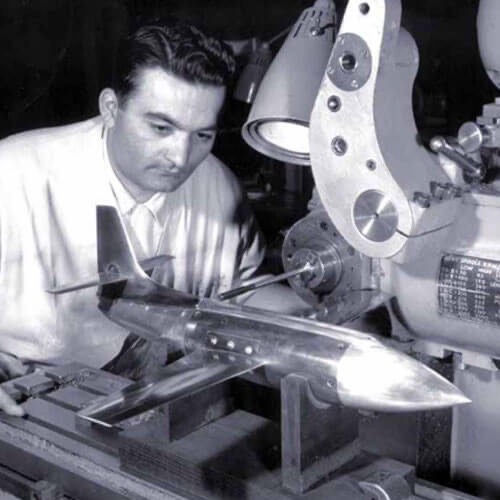
1948
Models used in the wind tunnel were primarily made in house in the C.A.L ‘model shop.

1948
The wind tunnel is complete and operational with the capability to produce air velocity of 740 miles per hour and atmospheric pressure from .25 to 3.25 atmospheres. The wind tunnel was more efficient than other tunnels with models rigged on movable carts outside the tunnel.
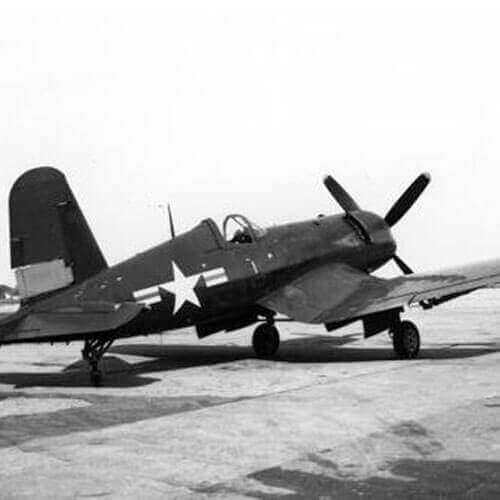
1948
C.A.L. develops the Navy F4U-5 Corsair variable stability aircraft used to collect data on lateral handling qualities of fighter aircraft.
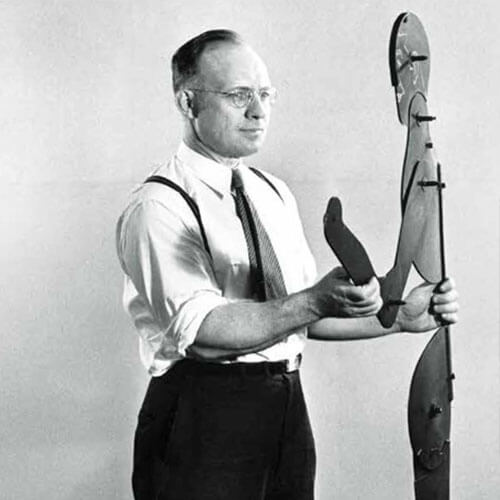
1949
“Thin man”, a 2-dimensional figure made of sheet metal and bolted joints, was created to test the effects of crash impacts on the human body.
